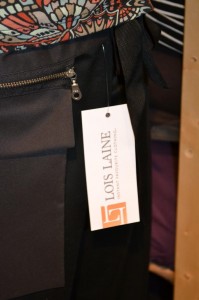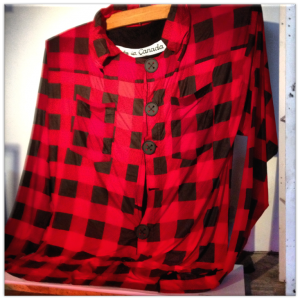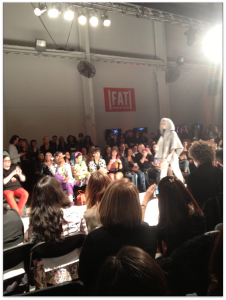Fashion Branding – the case of Patagonia (part 1)
What is branding?
Branding is creating a unique name and image for a product or range of products in the consumers’ mind. Branding focuses on influencing the perception of customers as an image or impression is built in the mind of customers. The idea of branding came up when the product itself was not enough in the midst of many competitors. Branding gave more options for the customers to choose from: the brand was an added value to the product. Customers could recognize their set of values through the brand. (Read our Intro to Branding here)
Your logo and identity have more impact than you think, they tell the customers what you stand for, who you are, and who you are talking to. Branding also has a lot of impact on your sales. A great design without good branding will not get noticed in the crowd of up-and-coming fashion designers.
And being noticed is what you are looking for in order to achieve your sales.
Your brand has to be built around your own unique vision, but at the same time make sure to set it up in terms of meaning, values and visual aspect. These 3 points also have to be respected all along the brand life to remain coherent and meaningful to your customers. Poor branding or poorly managed branding communication can go against the purpose of branding and can lead to failure.
In order to better understand how branding can drive the success or the failure of a fashion company we’ll go through a case study and discuss the main concepts of brand visuals, coherence and recognition.
Patagonia
A bit of history
Late 50’s, Yvon Chouinard, ardent rock climber, does not find satisfying climbing gear to his level and technique. From there, he decides to produce himself tools and equipment under the name of Chouinard Equipments. The idea is simple, he needs reliable gear in order to follow his passion, but he also needs money to sustain it. Chouinard Equipments becomes the solution, 6 months working and producing for 6 months of climbing.
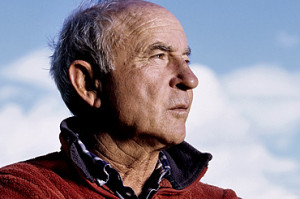
In 1964, his first mail ordering catalog is out. The foreword of all the offers is quality. Why quality? For security. Faulty climbing gear is dangerous. As Yvon Chouinard was himself a customer, his own life was on the line. Second focus was: perfection, taking his motto from Antoine de Saint Exupéry : ” In anything at all, perfection is finally attained not when there is no longer anything to add, but when there is no longer anything to take away, when a body has been stripped down to its nakedness”.
The business started to grow, little by little more of Chouinard friends came on board. Because they lacked competition (the market was not very profitable at that moment), Chouinard Equipments became the largest supplier of climbing hardware in the US by 1970. Next step for him was to go into clothing.
So the clothing line Patagonia was born in 1973.
The challenge was to maintain the same focus of quality and perfection. Another concern was raised: environment. Chouinard started to worry about the damage climbers did to the rocks as rock climbing became increasingly popular. That’s when he came up with the idea of producing products that would have the least impact on the rocks and on the environment was born.
From the get-go the brand had 3 values to stand by: quality, perfection and environmental. And with that in mind we will evaluate their branding in the second part of this article. Stay tuned!
This article was written by Alexandra, fashion consultant. Follow her on Twitter @Stylindublin
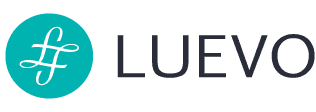
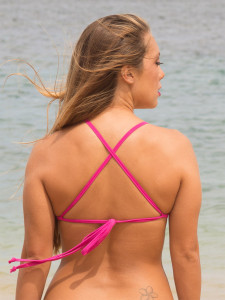
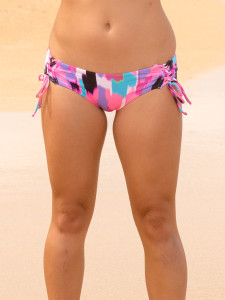
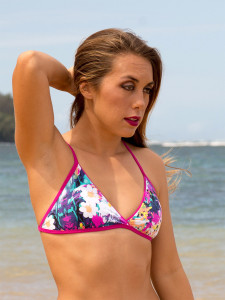
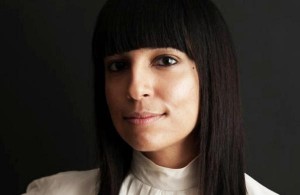
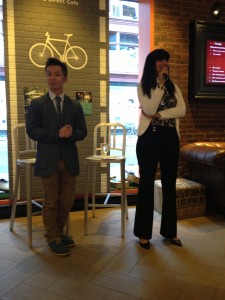
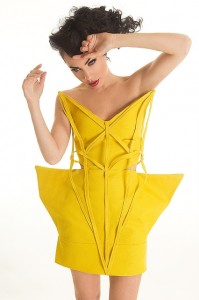 [/one_third_last]
[/one_third_last]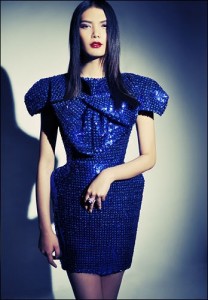 [/one_half_last]
[/one_half_last]